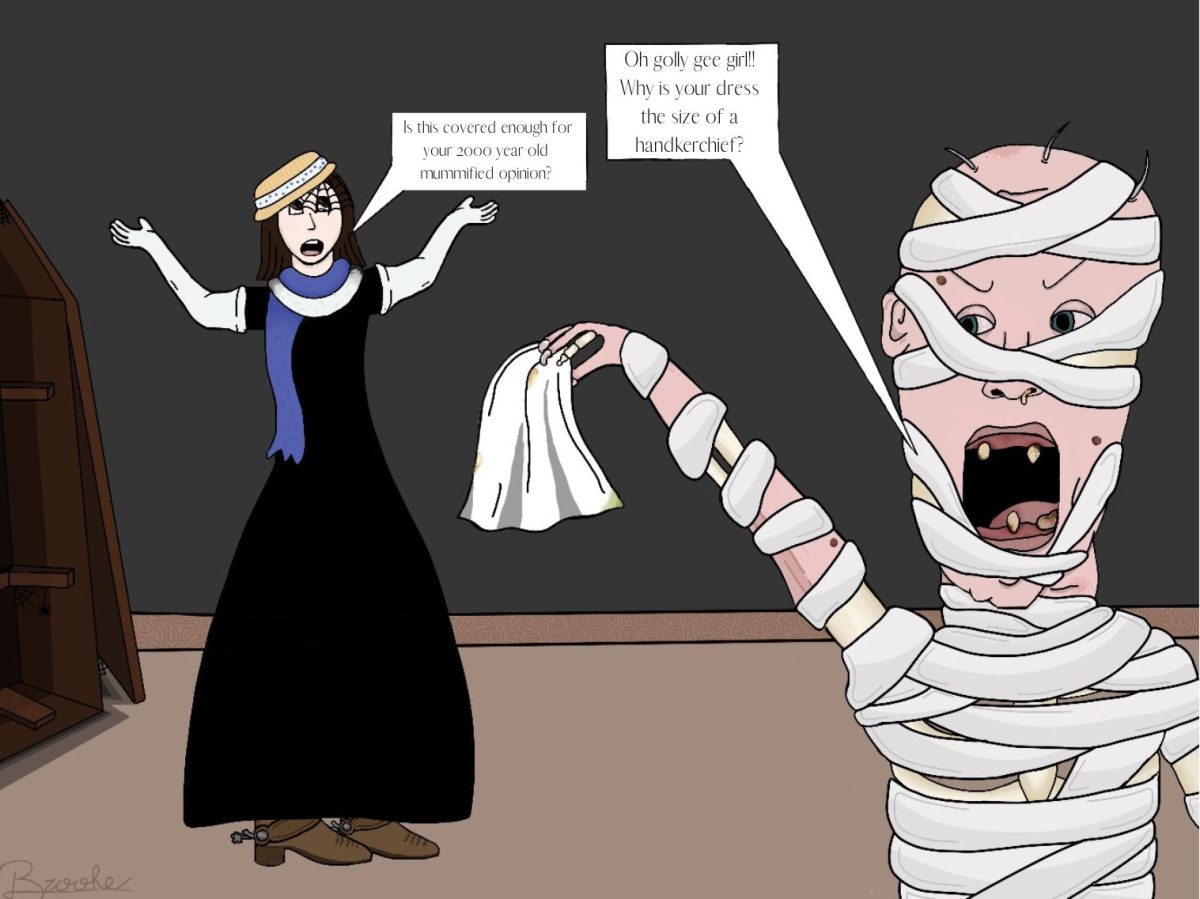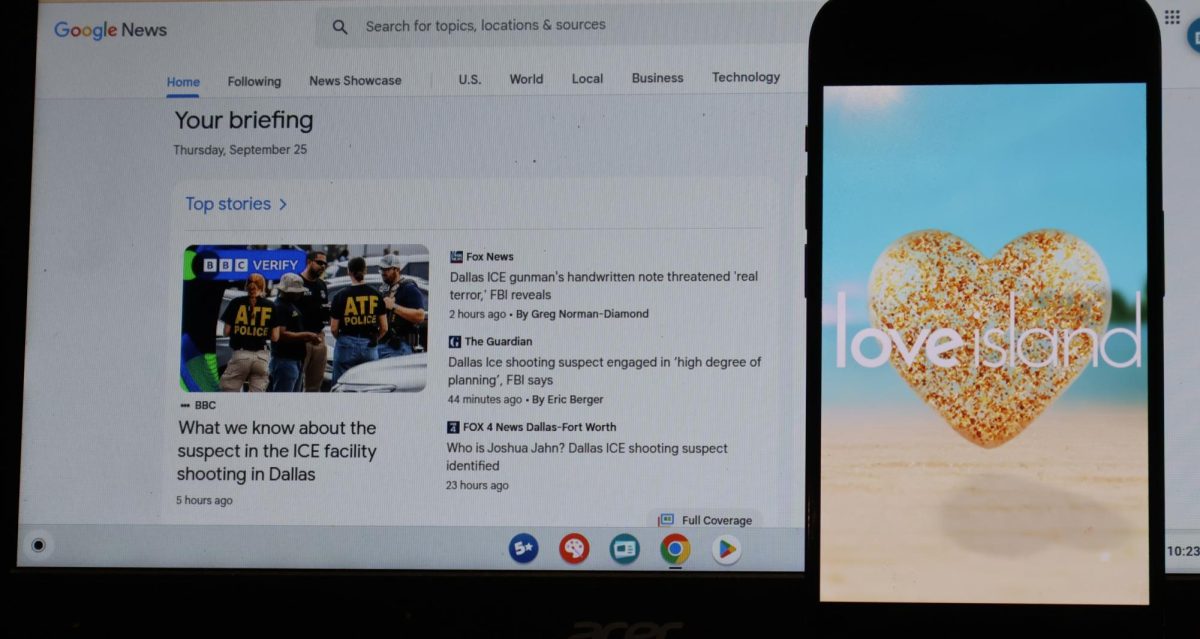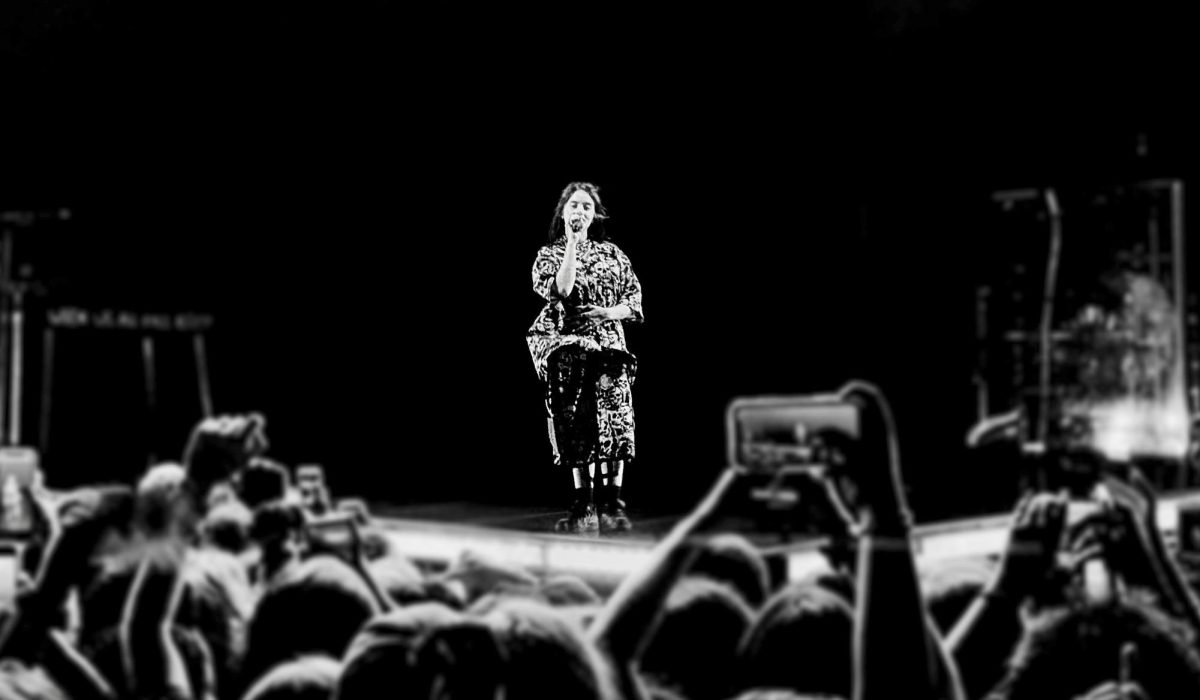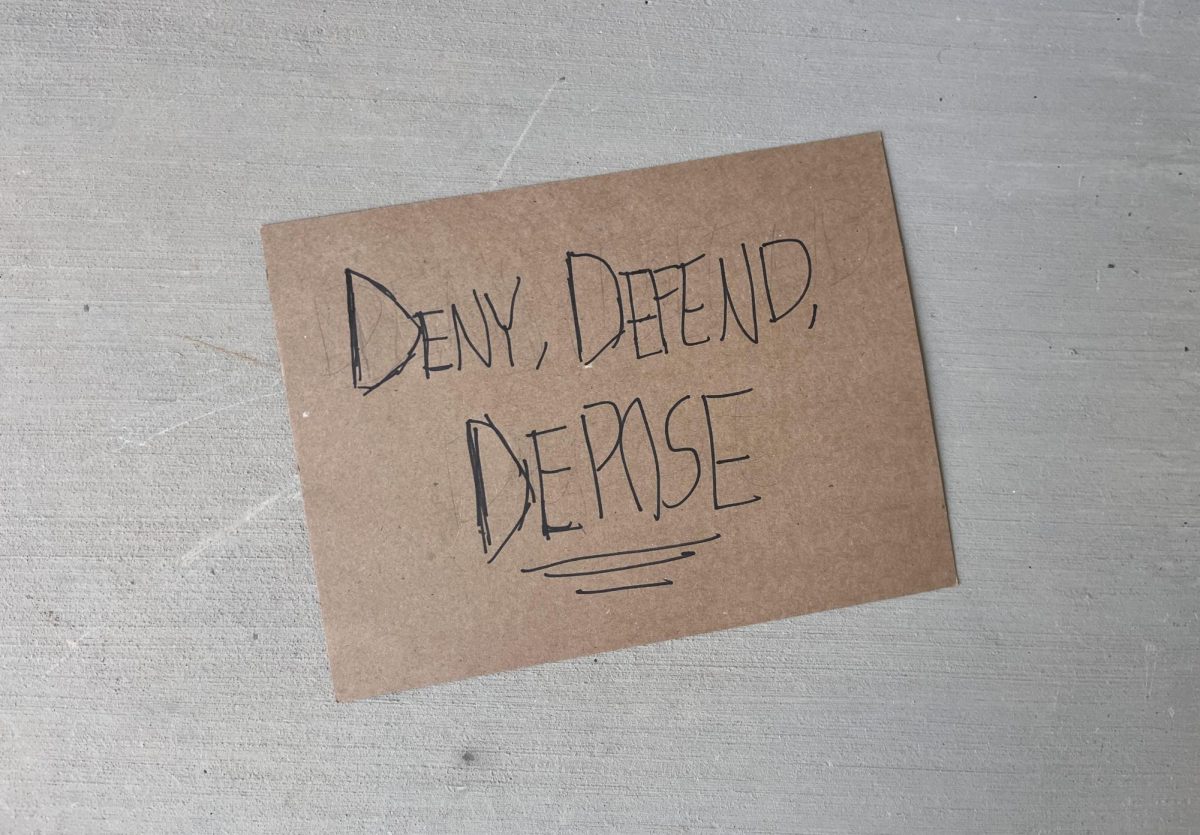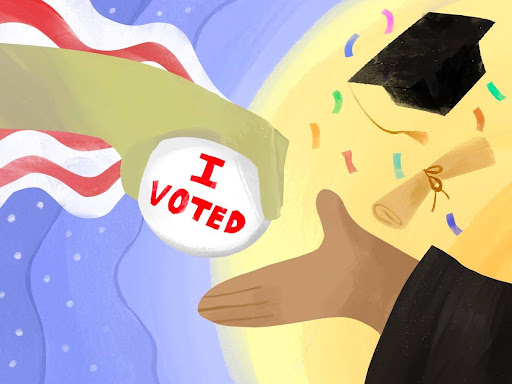Diamond earrings, red gowns, pressed suits and ties–it’s a celebration for Vanity Fair’s distinctively diverse 25th annual Hollywood issue. The photoshoot included stars such as “Black Panther’s” Chadwick Boseman and “Sorry to Bother You’s” Tessa Thompson. Vanity Fair’s issue has been applauded for its racial representation and the diverse celebrities chosen for the cover.
While we believe Vanity Fair’s issue has brought attention towards one of the largest problems in Hollywood, there is still more work to be done. Actors and actresses are still being cast for roles that are not representative of their race, which in return leaves minorities feeling isolated without representation of people like them. While including this much diversity on a magazine cover is definitely inclusive and glamorous, we still need actual representation in films.
In 2017, for example, Scarlett Johansson was cast as a Japanese character named Major in “Ghost in the Shell.” Within the same year, Netflix released a live-action series of the anime “Death Note” with a predominantly white cast. In “Stonewall,” a white-cis protagonist represents the story of the Stonewall riots, even though it was mostly black transgender women who experienced the violence of the late 1960’s.
Think about what we see in our school hallways–there are all kinds of skin colors in just one small place. There is not a single classroom that doesn’t include different races, beliefs or sexualities in it. If we can pin-point this much diversity at our own school, it shouldn’t be a problem to see the same palette in our films and TV shows.
And although Hollywood films have increased diversity, the ultimate goal is for representation to become a common occurrence instead of seeming out of the ordinary. Since “Black Panther,” “Us” and “To all the Boys I’ve Loved Before” have people of color claiming lead roles, it is evident that a change is being made–but it does not mean the issue itself has been resolved just yet.
Look around a mall or just our neighborhoods–it is made up of people with different faces, skin colors and backgrounds. This is what we should be seeing in Hollywood most of the time, not just sometimes. If Vanity Fair’s magazine cover helps everyone in Hollywood see the other end of the tunnel, then that’s when we can say a difference has been made. Let’s not leave color to the costumes that actors and actresses wear, but instead allow it to be displayed on the characters themselves.
[poller_master poll_id=”838″ extra_class=””]
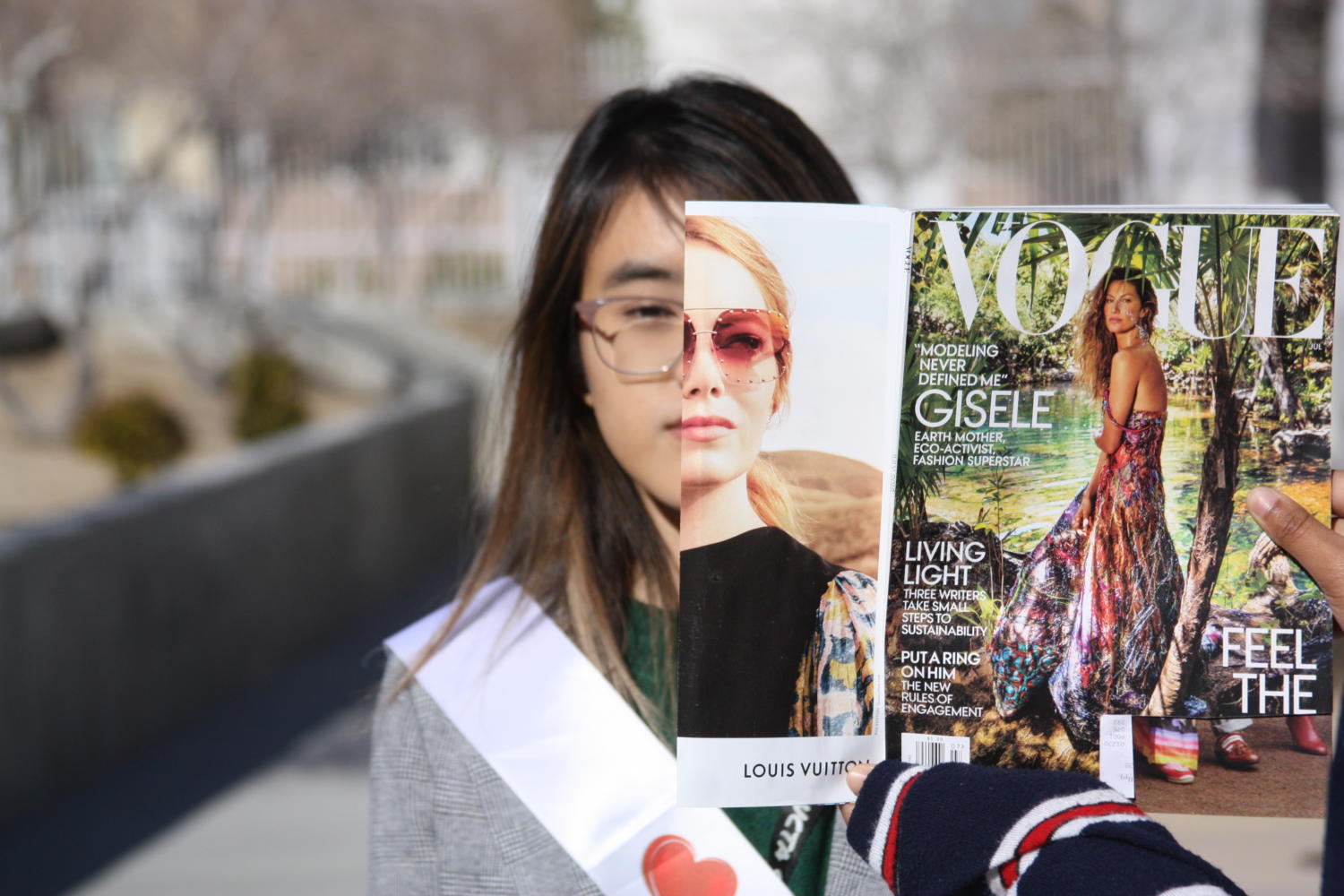
![Working in the Student Success Office, Attendance Secretary Lordis Depiazza inputs a student’s absence excuse note. Students are required to bring an excuse note to the attendance office within three days of any absence. “Reminding students that being in school is important because it reflects towards your grades and being able to do any activities with the school,” Depiazza said. “[It] seems to get the students' attention about wanting to be in school.”](https://southwestshadow.com/wp-content/uploads/2025/10/IMG_8313-1200x800.jpg)

![Squaring up to a practice dummy, sophomore Cypher Andres prepares to throw a punch. Dummies are regularly used to help him prepare certain hits to take his opponents down. “[Boxing dummies help me practice] because it’s basically a model of the body,” Andres said. “It helps with accuracy, such as pressure points behind the ear, and a clean liver shot can end the fight.”](https://southwestshadow.com/wp-content/uploads/2025/10/IMG_5728-e1759850486200-1200x864.jpg)

![Arranging the fabric on the floor for a new project, senior Sapphyre-Ann Leung plans out her attire for the next deadline. With the recent closures, students now had limited resources and less margin for error with the fabric and materials they had in stock while trying to reach strict deadlines. “Joann’s had a lot of high-end fabric for our fashion competitions,” Leung said. “We couldn’t just buy ten yards of fabric from Hobby Lobby or Walmart. Since [Joann Fabrics] is no longer open, we have to buy items online, which is way more expensive.”](https://southwestshadow.com/wp-content/uploads/2025/10/IMG_0038-1200x800.jpg)



